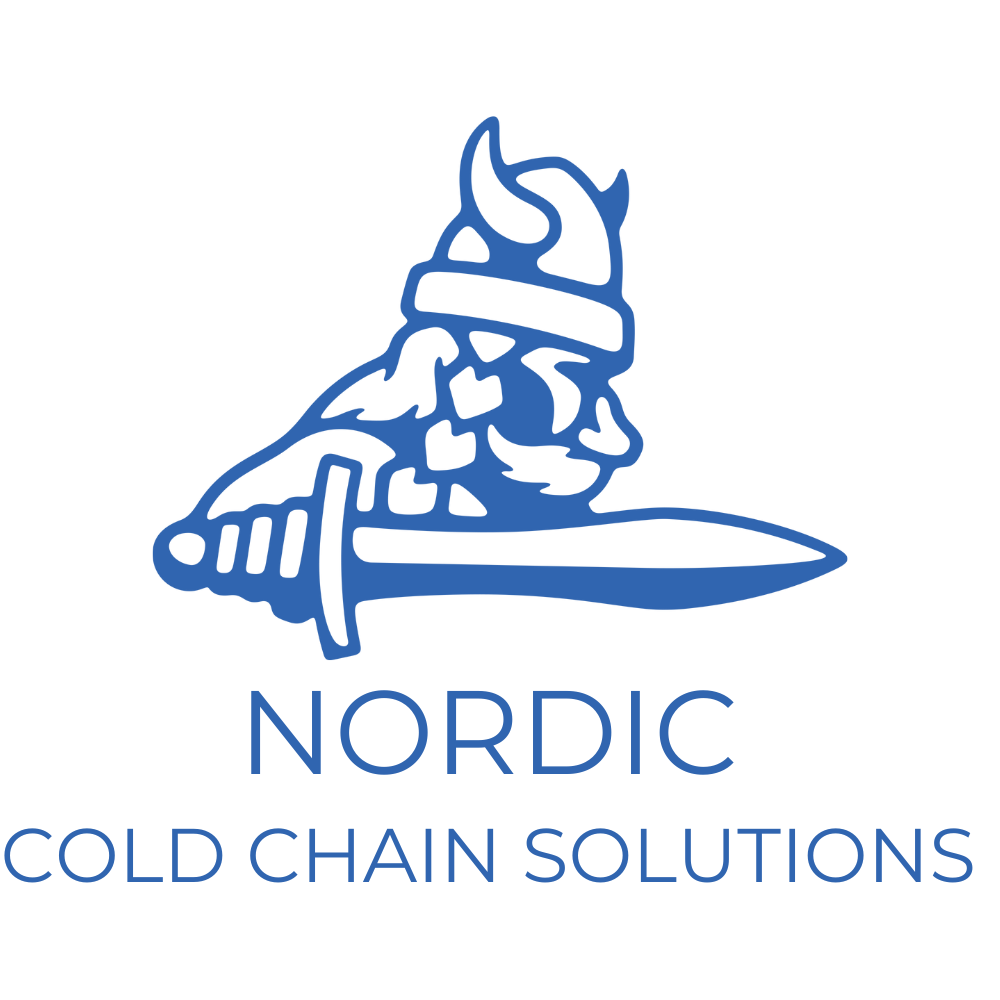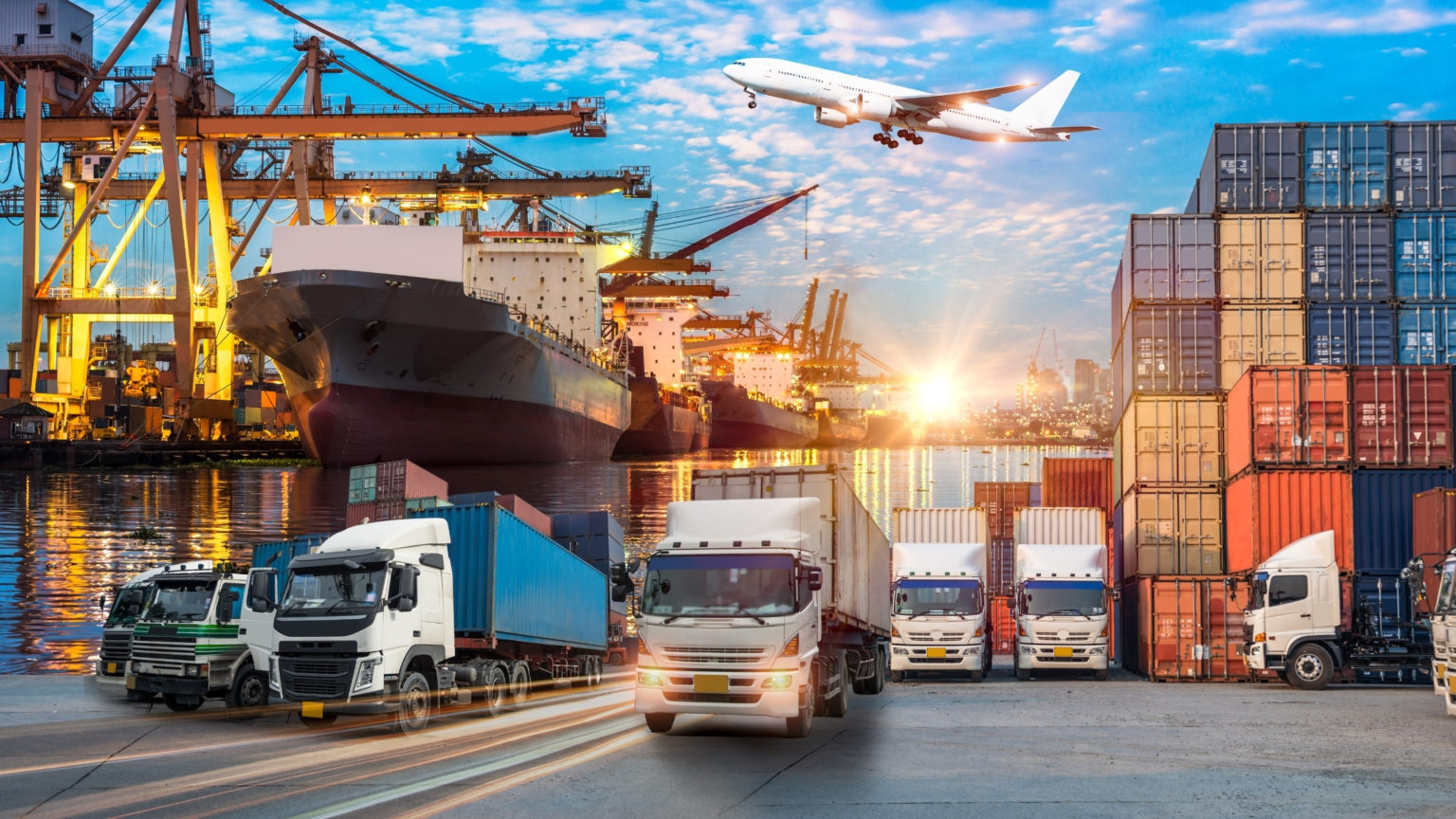Reverse logistics is all about sending products from the customer back to the retailer or manufacturer. Many people think reverse logistics only applies to returns, but it also applies to recycling, reclaiming raw materials, refurbishment, and reselling items that have been restocked.
Reverse logistics is a vital part of any supply chain, and it stands for all of the processes and operations related to reusing products and materials. This process isn’t a new development in business, but more companies are focusing on it now. Sixteen percent of businesses charge for returns, and 18% of businesses charge for the shipping and processing costs of the returns.
Reverse logistics is integral to maintaining positive customer relations, but sometimes the value of an effective reverse logistics plan can be overlooked. For some companies, such as Target and Walmart, following through with a return on an item is not cost-effective, and most of the time, they allow the customer to keep the item while issuing a full refund.
Unfortunately, some items cannot be returned, and in small businesses, it may be too costly to make replacement items for unhappy customers. Hygiene products and other personal items cannot be resold because of concerns with cross-contamination. Small businesses do not have the production capabilities of larger businesses, so eating certain costs can be detrimental to the business, especially considering returns from companies can range from 3% to as high as 50% of the total shipments. The real cost of returns can be 3 to 5% of total revenue.
Reverse logistics is just as important as traditional logistics because a functioning, easy-to-follow system helps build a positive customer experience. Returns will always be present in businesses, so it is important to optimize your reverse logistics process.







